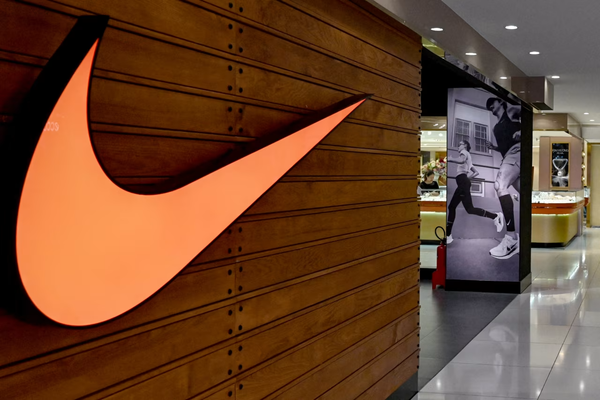Apple's Formula 1 Deal: Why a $150M Streaming Deal Makes Strategic Sense

When Hollywood success meets streaming strategy: How Apple's F1 movie triumph is driving a quarter-billion-dollar content play
Apple's pursuit of Formula 1 streaming rights represents far more than another expensive content acquisition — it's a test of vertical integration that transforms a $300 million box office success into a potential streaming empire cornerstone. The tech giant has reportedly submitted a bid worth at least $150 million annually for exclusive U.S. F1 streaming rights starting in 2026, nearly doubling ESPN's current $85 million deal and positioning Apple to capitalize on the momentum from their surprise theatrical hit.
The Financial Architecture
Apple's reported $150-200 million annual bid represents a 75% premium over ESPN's current deal, but the economics make compelling sense within Apple's broader strategy. For context, Apple spent $20 billion on original content in 2024 alone, making this F1 investment roughly 1% of their annual content budget while potentially delivering outsized strategic value.
ESPN had an exclusive negotiation window that expired without a deal, opening the bidding to competitors. Disney's reluctance to match Apple's offer signals their recognition that traditional broadcast economics don't support such premium pricing. For Apple, however, the calculation extends far beyond advertising revenue or subscription fees.
Strategic Market Positioning
F1's demographics align perfectly with Apple's target customer base. The sport attracts affluent, educated, globally-minded viewers who appreciate premium experiences, exactly the audience willing to pay for Apple's high-margin products and services. F1 viewership in the U.S. has grown from 554,000 in 2018 to 1.3 million in 2024, representing a 135% increase that Netflix's "Drive to Survive" helped catalyze.
Perhaps most importantly, F1 streaming creates compelling use cases for Apple's premium hardware. Imagine F1 races optimized for Vision Pro, offering immersive cockpit views or multi-angle perspectives impossible on traditional broadcasts. Picture Apple TV 4K showcasing the sport's visual spectacle in ways that make competitors' offerings seem antiquated.
This hardware integration strategy differentiates Apple from pure streaming competitors like Netflix or Amazon Prime. While others compete solely on content, Apple can create uniquely enhanced viewing experiences that justify premium hardware purchases and deeper ecosystem lock-in.
The precedent exists with Major League Soccer, where Apple secured global rights and created a unified viewing experience across markets. F1's inherently international nature makes it an ideal candidate for similar treatment, potentially generating revenue streams far exceeding the initial U.S. investment.
The Advertising Renaissance
While Apple has historically avoided advertising-dependent business models, F1 could represent their entry into premium sports advertising. The sport's luxury brand associations — from Rolex to Ferrari to Monaco — align perfectly with Apple's brand positioning. F1 advertising inventory could command premium rates while maintaining the sophisticated aesthetic Apple customers expect.
This advertising opportunity becomes particularly valuable if Apple integrates F1 content across its ecosystem. Imagine sponsored content in Apple News, promotional partnerships in Apple Stores, or branded experiences in Apple Fitness+. The cross-platform advertising opportunities could generate revenue streams that justify the initial rights investment several times over.




